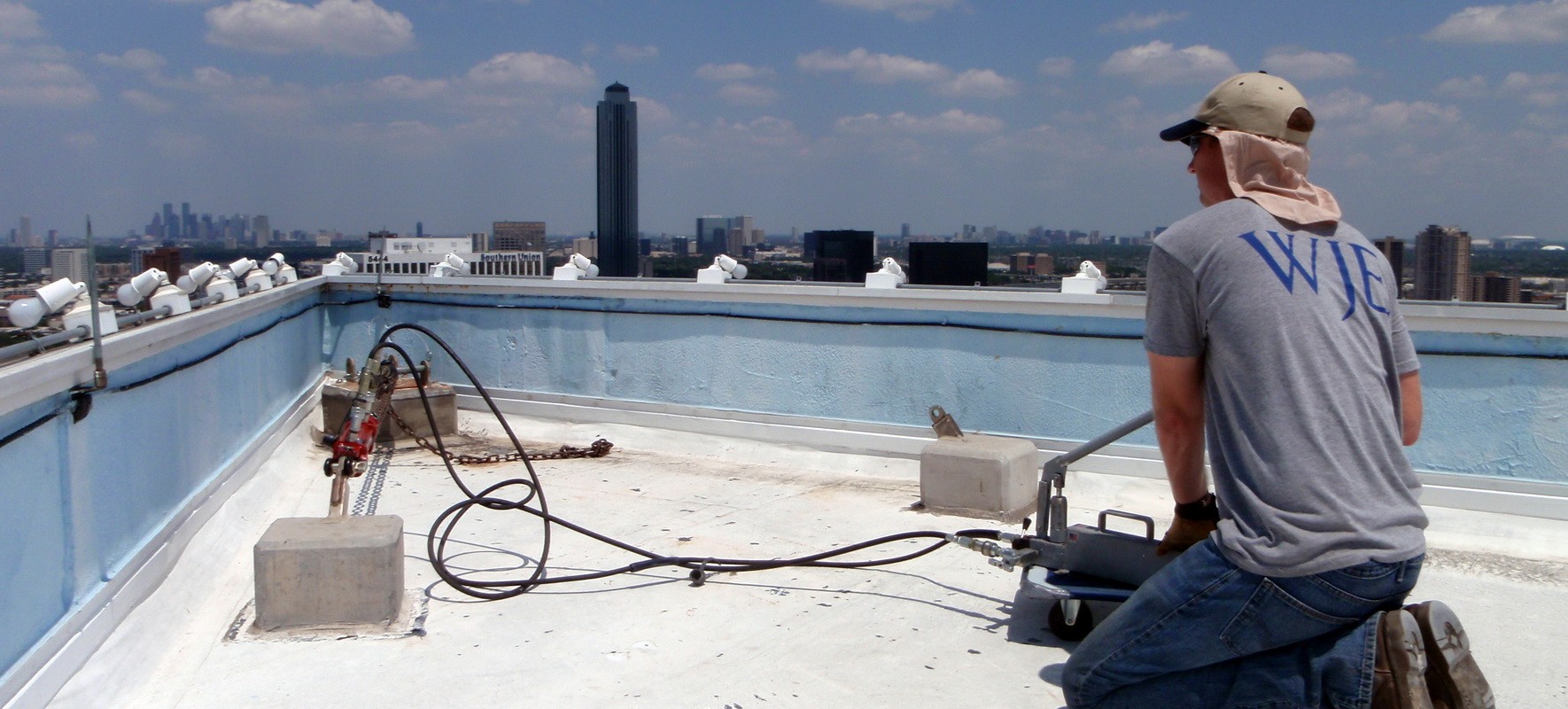A Guide to Broken Tile Replacement
While some brave souls might consider tackling broken tile replacement themselves, there are several advantages to hiring a professional roof restoration service in Melbourne

Let's face it, nobody enjoys dealing with roof problems. But hey, even the sturdiest roof takes a beating from the elements over time. If you've noticed a broken or cracked tile, don't panic! Replacing a few tiles is a relatively simple fix and crucial to prevent further damage to your home.
Here's your one-stop guide to broken tile replacement, including why it's important to address it quickly, the different types of tiles, the benefits of getting it done by a professional, and a step-by-step breakdown (in case you're the DIY type).
Why Should You Replace Broken Roof Tiles?
A broken tile might seem like a minor issue, but it can quickly escalate into a major headache. Here's why you shouldn't ignore it:
Water Leaks: A broken tile is a direct pathway for water to seep into your roof structure and potentially cause leaks inside your house. This can lead to mould growth, rotting wood, and expensive repairs down the line.
Animal Infestation: A gap in your roof is an open invitation for unwanted guests like birds and insects to take up residence in your attic.
Reduced Curb Appeal: A broken tile disrupts the uniformity of your roof, making your house look less attractive.
Types of Roof Tiles
The type of broken tile you have will determine the replacement process. Here are the most common types:
Concrete Tiles: These are popular for their durability and fire resistance. However, they can be heavy and prone to cracking over time.
Terracotta Tiles: These classic tiles come in a variety of colours and add a Mediterranean flair to your home. However, they're more delicate than concrete tiles.
Metal Tiles: Lightweight and resistant to rust and fire, metal tiles are a popular choice in modern architecture. However, they can be noisy during heavy rain or hail.
Slate Tiles: A luxurious and long-lasting option, slate tiles offer excellent weatherproofing. However, they are expensive and require a skilled roofer for installation.
Benefits of Hiring a Professional for Broken Tile Replacement
While some brave souls might consider tackling broken tile replacement themselves, there are several advantages to hiring a professional roof restoration service in Melbourne:
Safety First: Walking on a roof can be dangerous, especially if it's wet or damaged. Professionals have the proper safety gear and knowledge to navigate your roof safely.
Expertise: They can identify the cause of the broken tile and recommend the best course of action for long-term roof health.
Efficiency: They have the tools and experience to complete the job quickly and efficiently, minimizing disruption to your home.
Warranty: Most professional roofers offer warranties on their work, giving you peace of mind.
Replacing a Broken Roof Tile: A Step-by-Step Guide (DIY Option)
Important Note: This is just a general guide, and the specific steps may vary depending on your roof type and the extent of the damage. Always prioritize safety and consider consulting a professional if you're unsure about any step.
Tools You'll Need
- Safety gear (helmet, gloves, safety glasses)
- Sturdy ladder
- Roofing pry bar
- Hammer
- Staple gun
- New tile (matching the existing ones)
- Underlayment (if needed)
- Roofing nails or staples
Steps
Safety First: Ensure the weather is clear and dry. Secure your ladder properly and wear all necessary safety gear.
Locate the Damage: Identify the broken tile and assess the surrounding area for any further damage.
Remove the Broken Tile: Carefully use the pry bar to loosen the broken tile from the surrounding tiles. Be mindful not to damage the nearby tiles.
Inspect the Underlayment: Check the underlayment (the waterproof membrane beneath the tiles) for any tears or damage. If necessary, replace the underlayment with a watertight patch.
Prepare the Replacement Tile: Slide the new tile under the top lip of the surrounding tiles. Ensure it's properly aligned and sits flush with the neighbouring tiles.
Secure the Tile: Use the roofing nails or staples to secure the new tile to the roof battens (the wooden strips under the tiles).
Clean Up: Remove any debris from the roof and dispose of it properly.
Conclusion
A broken tile might seem like a small issue, but it can quickly snowball into a bigger problem. By addressing it promptly, you can prevent costly water damage and ensure the longevity of your roof. If you're comfortable with DIY projects, the steps above can guide you
What's Your Reaction?
















